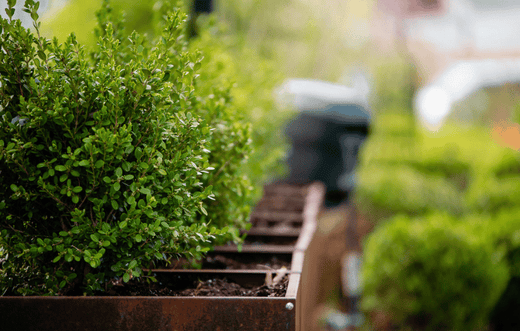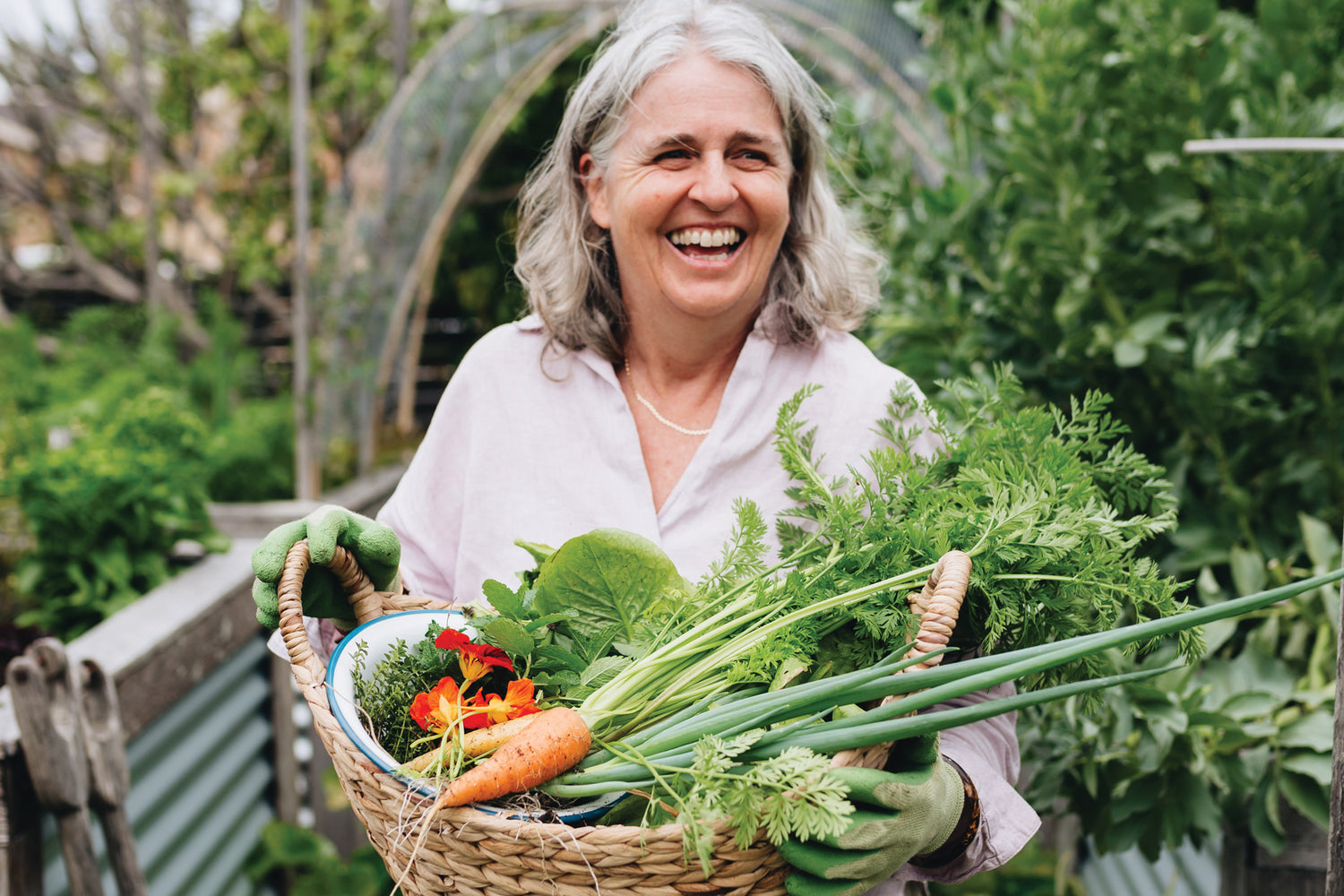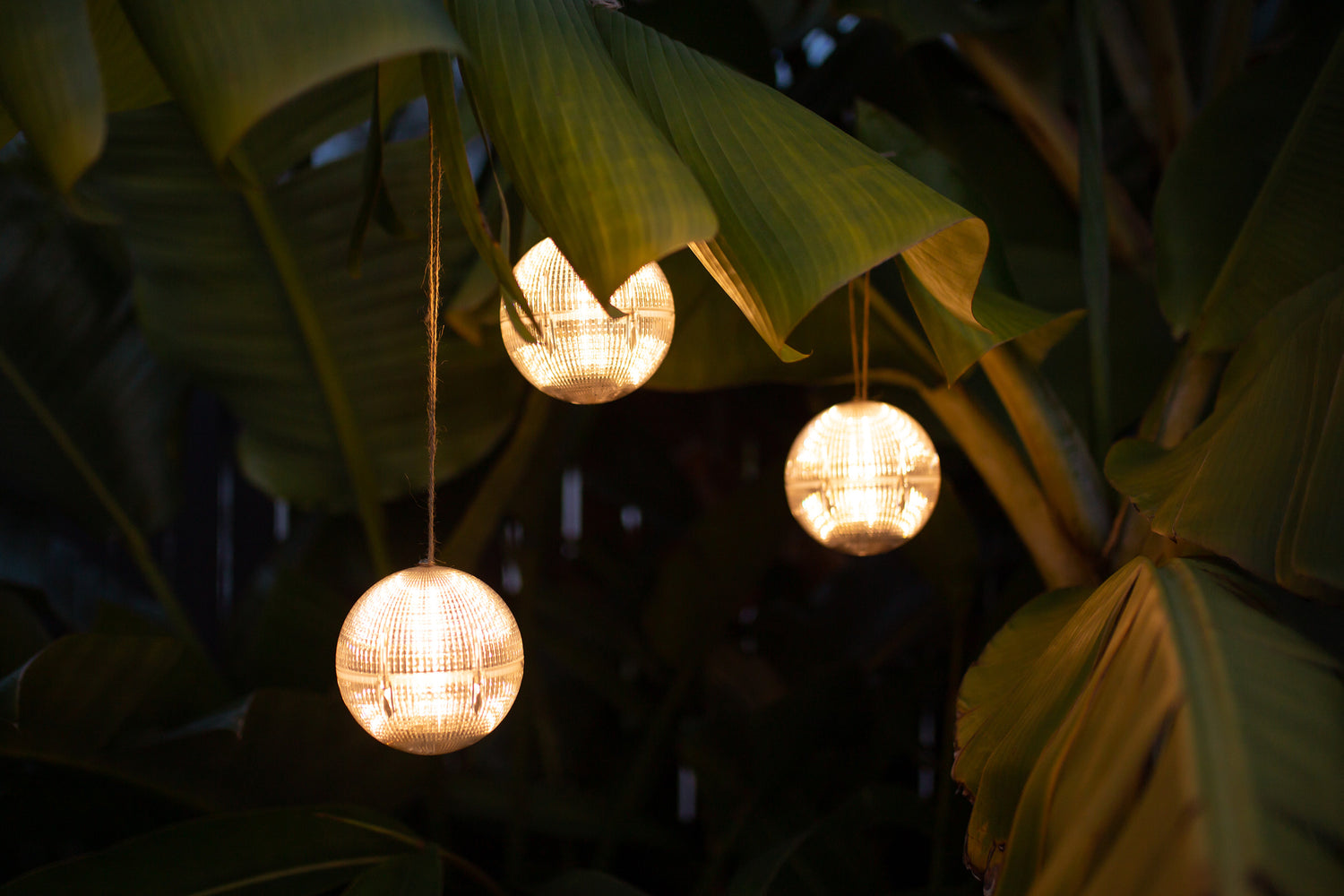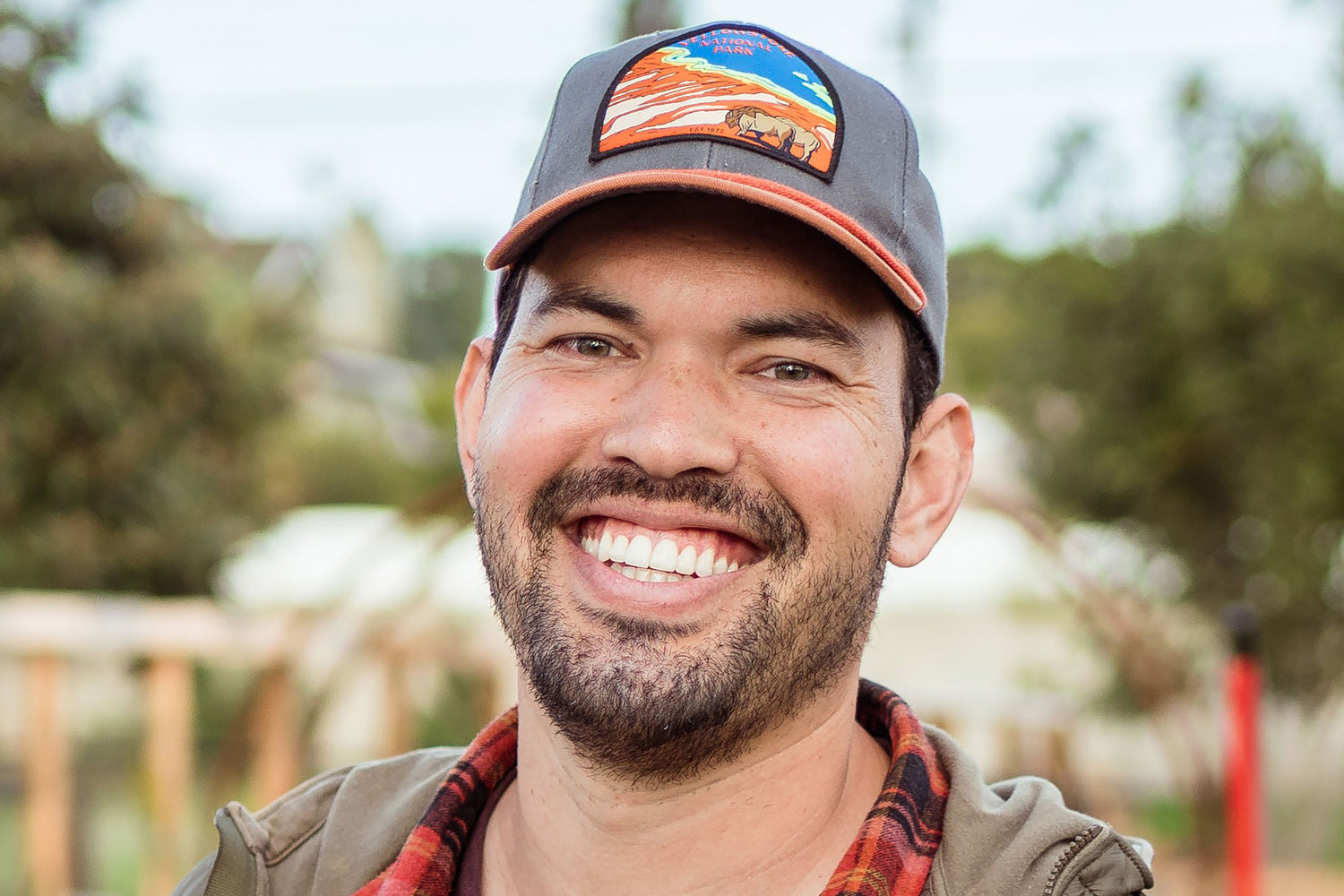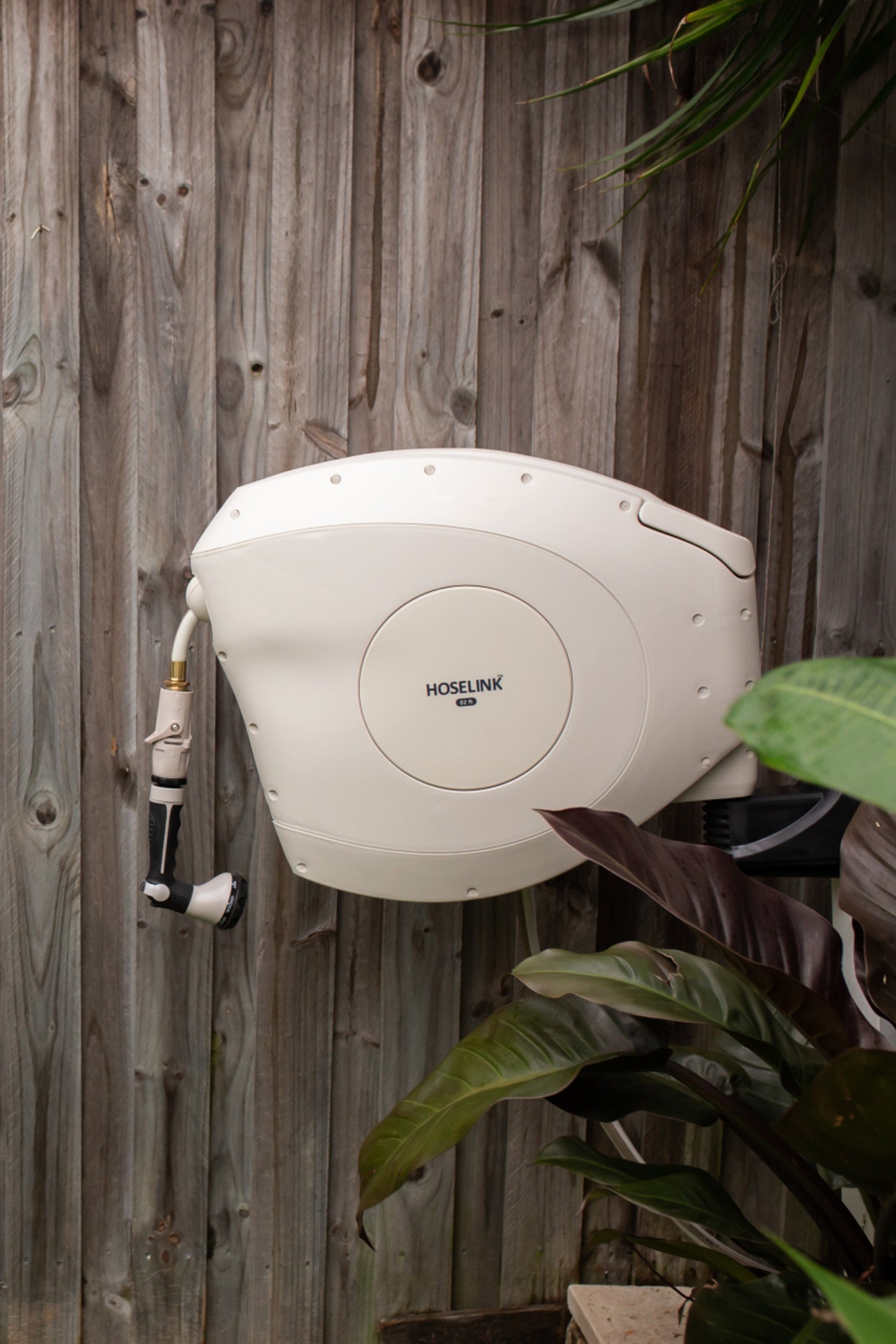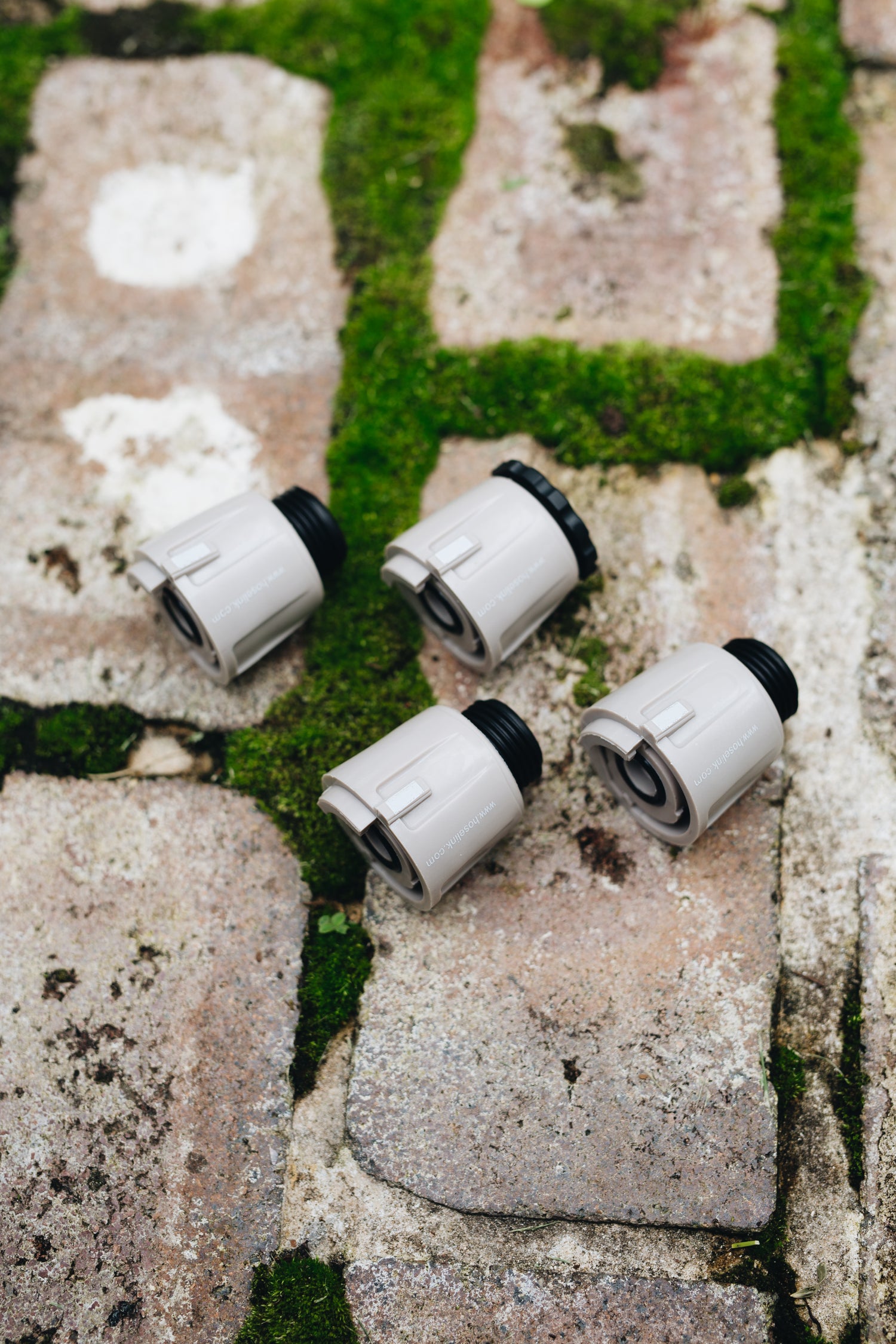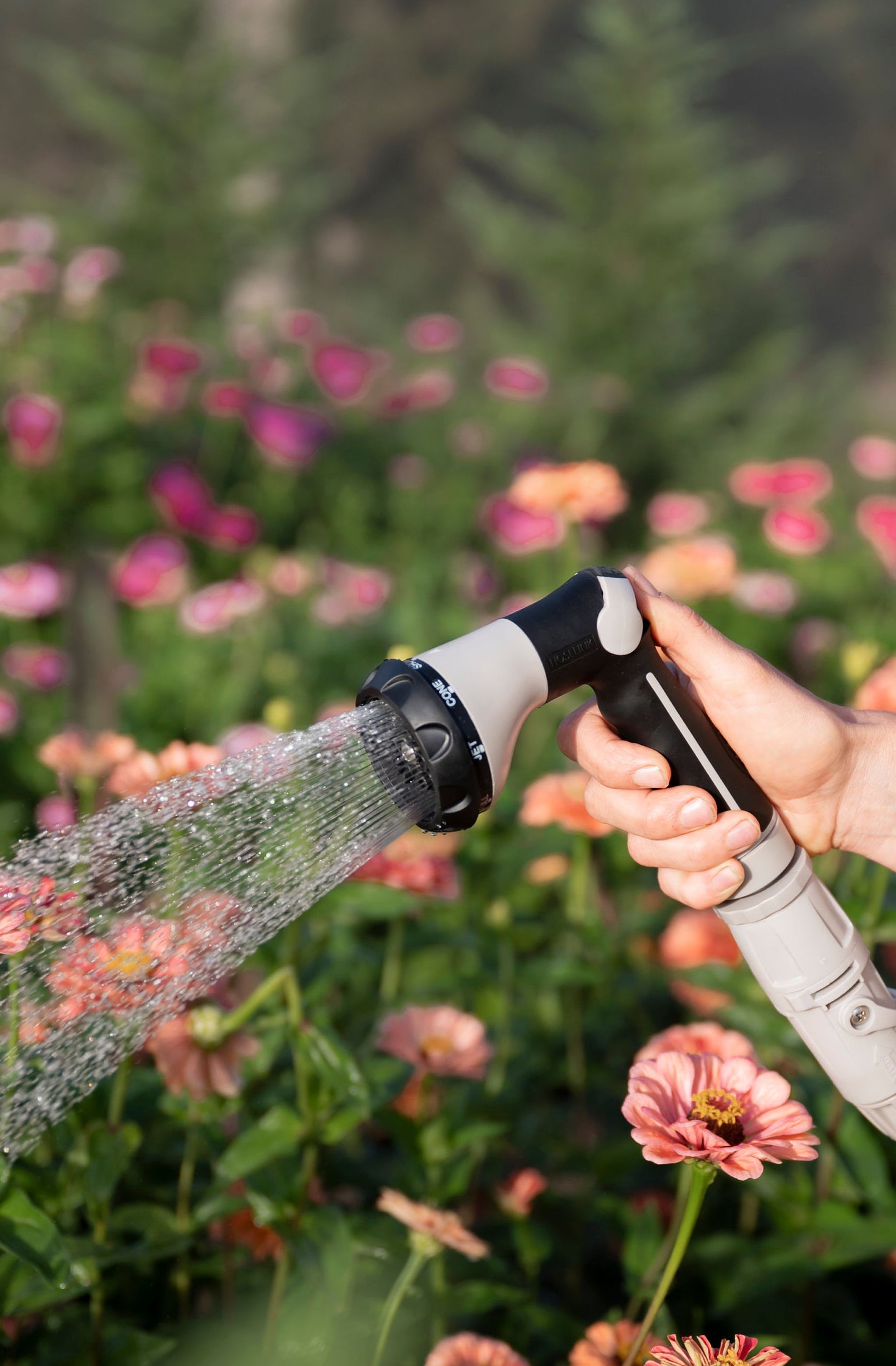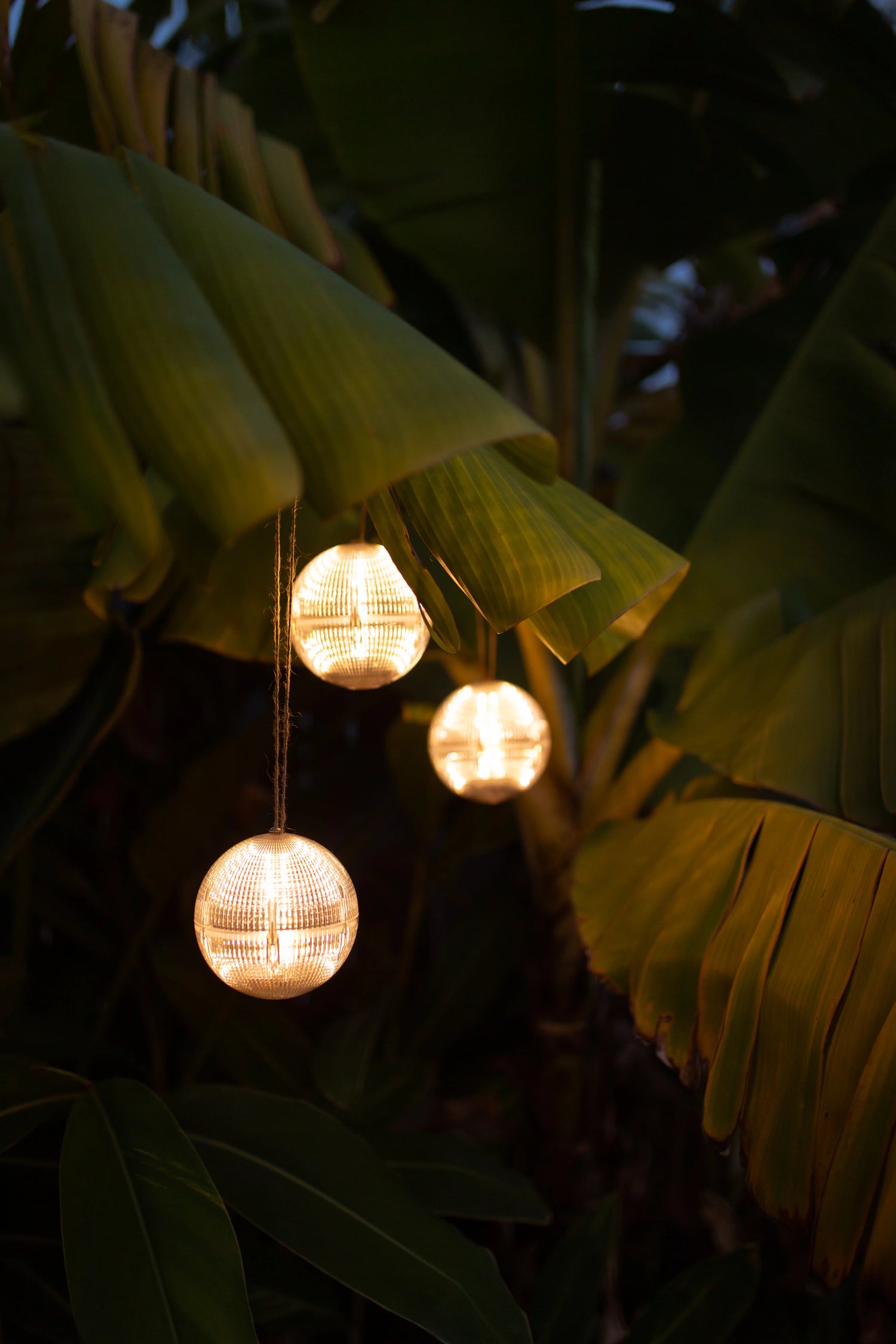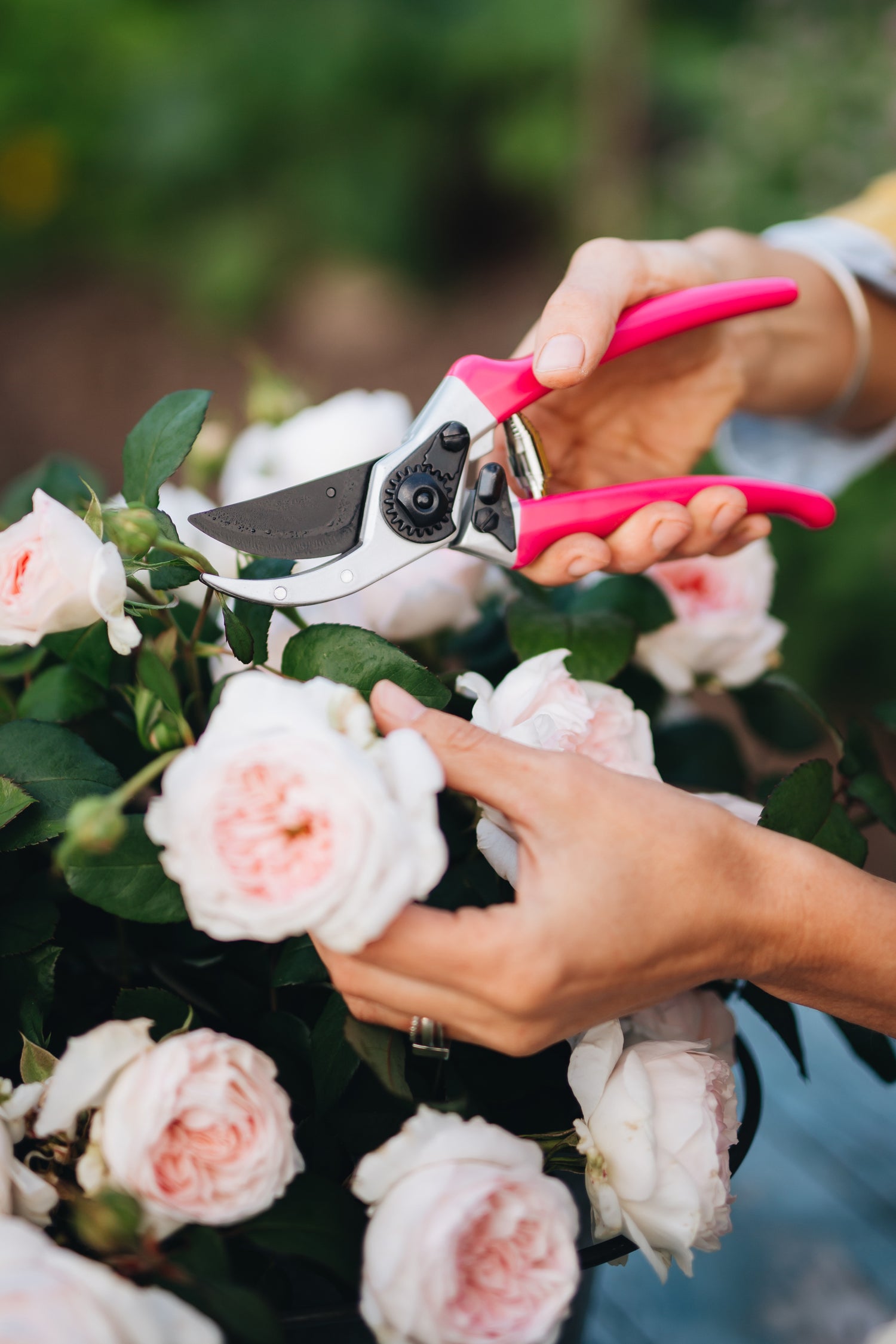The start of a new year is like opening a fresh packet of seeds: full of possibilities and brimming with promise. In one hand, there’s a fistful of seed packets ready to bring life to your garden, and in the other, a gardening book filled with wisdom to guide you along the way. January might be cold and quiet outside, but for us gardeners, it’s the season of planning, dreaming, and quietly setting the stage for a blooming masterpiece.
Let’s dig into how we can make the most of this reflective and preparatory month.
Planning and Organizing
First things first: it’s time to dream big. Grab a notebook, a garden journal, or even just the back of an old receipt (I’ve been there), and start mapping out your garden plans. What worked last year? What didn’t? If you’re anything like me, you’ll have a list of plants you must grow—and probably a few that make you wonder, “Why did I plant that?”
Sketch out your garden layout, keeping crop rotation in mind to keep pests at bay. And don’t forget to order seeds early! Popular varieties sell out fast (because apparently, everyone wants that fancy purple tomato).

Seed Starting
January is prime time for seed-starting prep. No, we’re not planting yet—just getting ready. Go through your seed collection to see what you’ve got (and resist the urge to buy more… or don’t). Check those expiration dates and do a quick germination test on older seeds if you’re unsure.
Clean your seed trays, order supplies, check your grow lights, and make sure you’ve got a good seed-starting mix. Having everything prepped now will make February a breeze.
Winter Sowing
Winter sowing is a gardening technique where seeds are sown in mini-greenhouses—like repurposed milk jugs—that are placed outside during the winter. This method mimics nature, giving seeds the cold stratification they need to germinate when the conditions are just right. Gardeners love this method because it’s low-maintenance and space-saving.
It has taken me a few years to understand this technique and to make it work for me, but with a little trial and error, you can find that sweet spot in your garden where winter sowing can become one of your favorite techniques to start a bunch of seeds.
Here’s how to do it: Take some empty milk jugs, cut them open, fill them with soil, plant your seeds, and leave them outside. Nature handles the rest! You can also use takeout containers, soda bottles, or any clear plastic container that can trap moisture while letting in light. Just make sure to poke drainage holes in the bottom and ventilation slits in the top.
For soil, use a high-quality potting mix, preferably one designed for seed starting. It should be light, airy, and able to retain moisture without becoming waterlogged. Don’t use garden soil—it’s too dense for this method.
You’ll also need labels that can withstand the elements—plastic plant tags or popsicle sticks with waterproof ink work well. Trust me, by spring, you won’t remember what you planted without them!
Great candidates for winter sowing include hardy perennials and cool-season flowers. Think snapdragons, yarrow, rudbeckia, strawflowers, feverfew, larkspur, columbine, and bachelor’s buttons. Even some veggies, like kale and broccoli, can be started this way. Watching those little green sprouts emerge in the dead of winter is pure magic. Trust me, you’ll feel like a garden wizard.
Starting Microgreens
If you’re itching to grow something right now, microgreens are the perfect solution. These tiny, nutrient-dense greens are quick to grow, easy to maintain, and a great way to add a splash of green to your winter meals. Plus, you can easily use your existing seed-starting setup to grow them. Here’s how to get started:
What You’ll Need:
- Trays: Shallow trays work best. If you’ve got seed trays with drainage holes, those are perfect. Otherwise, line a regular tray with a small layer of plastic or use a baking tray.
- Soil: Use a lightweight, fine potting mix or coconut coir. Microgreens don’t need deep soil, just enough to anchor their roots.
- Seeds: Look for seeds specifically labeled for microgreens. Popular choices include radish, sunflower, pea, broccoli, and arugula.
- Lighting: Your LED grow lights are perfect for microgreens. Position the tray under the lights, about 4-6 inches away, and keep them on for 12-16 hours a day.
- Watering Tools: A misting spray bottle works wonders for keeping the soil evenly moist without overwatering. Once the microgreens have germinated, you will want to bottom water the trays for best results.
Growing microgreens is not only practical but also incredibly satisfying and the bright greens can lift your spirits on even the dreariest winter day. Plus, they’re a great way to justify playing with your seed-starting setup in the off-season!

Removing Shrubs
A new year is the perfect time to let go of the old—and that includes shrubs that no longer spark joy. For gardeners with small spaces where every square foot counts, this is especially important. If a shrub isn’t pulling its weight or just doesn’t fit your vision anymore, it’s time to say goodbye (And you can say this applies to every aspect of your life too!)
Winter is a great time for this task—as long as the soil is workable. Maybe it’s the one that died last summer, or perhaps it’s just not thriving like you’d hoped (looking at you, scraggly honeysuckle). If the ground isn’t frozen solid, grab your tools, roll up your sleeves, and get to work.
Clearing out now means more space and a fresh start when spring arrives. Plus, it’s oddly satisfying to envision what you’ll plant there in just a few months.

Education & Inspiration
January is also the perfect time to feed your mind. Read gardening books, binge-watch YouTube channels, or attend a virtual workshop. There’s always something new to learn—like that time I discovered you can freeze seeds to help with germination (game changer).
Here are some ideas where you can learn a thing or two to help you this gardening season: Soil amending, container gardening for small spaces, pruning techniques, plant propagation, garden design, native plants, plants loved by pollinators, butterfly gardens, mulching techniques.
Don’t forget to look into workshops, podcasts, or local gardening clubs for fresh perspectives. Every nugget of knowledge you gain now will pay off tenfold when your garden is in full swing.
I also love scrolling through seed catalogs and Pinterest for inspiration. Just try not to get carried away with all the dreamy garden photos—remember, you still have to fit everything into your actual size yard.
January may not be the busiest month in the garden, but it’s packed with potential. Use this time to plan, prep, and dream about the gorgeous garden you’ll create this year.
Happy January, fellow green thumbs!

